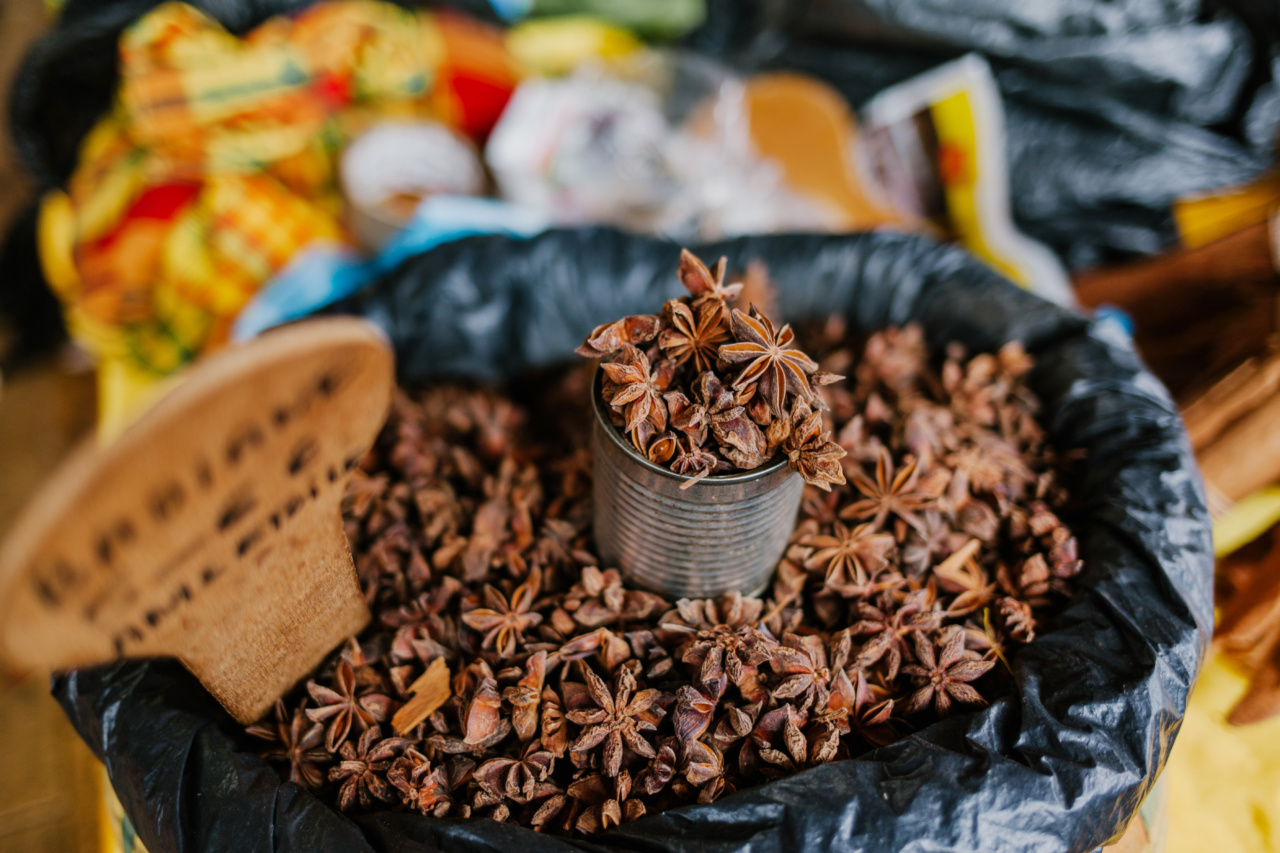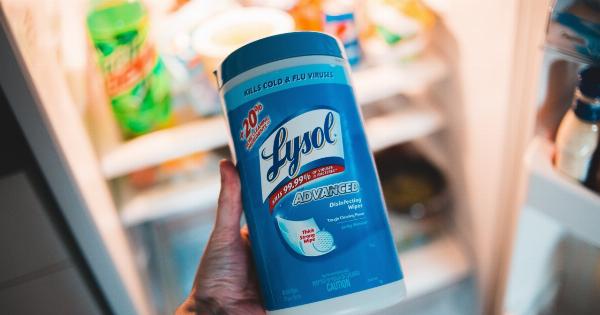The overuse of antibacterial ingredients is becoming a cause for concern as studies indicate that some of these agents can cause harm.
One such ingredient is triclosan (TCS), a synthetic antibacterial compound found in products such as soaps, toothpaste, detergents, and deodorants. TCS is known to kill bacteria by disrupting their cell membranes, but studies have shown that it can also cause harm to humans, animals, and the environment.
In this article, we will look at how TCS can cause Staphylococcus, a potentially fatal bacterial infection.
What is Staphylococcus?
Staphylococcus is a group of bacteria responsible for a variety of illnesses, including skin infections, respiratory infections, and food poisoning.
Some staph infections are minor and can be treated with antibiotics, while others can be life-threatening. Staphylococcus aureus (S. aureus) is a particularly dangerous strain that can cause pneumonia, sepsis, and toxic shock syndrome.
Staphylococcus can be spread through direct contact with an infected person or surface, or by consuming contaminated food or water.
The Connection Between TCS and Staphylococcus
Research has shown that exposure to TCS can increase the risk of staph infections. In one study, researchers exposed mice to TCS and found that it disrupted the mice’s skin barrier, leading to an increased risk of staph infections.
Another study found that human exposure to TCS was associated with an increased risk of nasal colonization by S. aureus, which can lead to infections in other parts of the body. The study also found that staph bacteria exposed to TCS were more resistant to antibiotics.
The Dangers of TCS
TCS is a dangerous ingredient that can cause harm to human health, animal health, and the environment. In humans, TCS exposure has been linked to hormone disruption, increased risk of allergies and asthma, and antibiotic resistance.
In animals, TCS exposure has been linked to liver and thyroid toxicity, and reproductive problems. In the environment, TCS can accumulate in waterways, where it can have harmful effects on aquatic life. It is also persistent in the environment and can stay in soil and water for years.
The Risks of Antibacterial Ingredients
The risks of antibacterial ingredients like TCS are becoming increasingly clear. In addition to the risks associated with TCS, antibacterial agents can also contribute to the development of antibiotic-resistant bacteria.
Antibiotic resistance is a growing problem that makes it more difficult to treat bacterial infections. The overuse and misuse of antibiotics, including antibacterial ingredients, are contributing to this problem.
It is important to use antibiotics and antibacterial ingredients only when necessary and to use them properly to reduce the risk of resistance.
How to Protect Yourself
To protect yourself from harmful antibacterial ingredients like TCS, it is best to avoid products that contain them. Look for products that are labeled as TCS-free or do not contain the ingredient.
Use plain soap and water to wash your hands and clean surfaces, and avoid using antibacterial hand sanitizers unless they are necessary. It is also important to use antibiotics only when prescribed by a healthcare provider and to use them as directed.
The Bottom Line
TCS is a dangerous antibacterial ingredient that can cause harm to human health, animal health, and the environment. It has been linked to an increased risk of staph infections, antibiotic resistance, and other health problems.
To protect yourself and the environment, it is best to avoid products that contain TCS and to use antibiotics and antibacterial ingredients only when necessary. By doing so, you can help reduce the risk of antibiotic resistance and protect yourself and others from harmful bacteria like Staphylococcus.





























